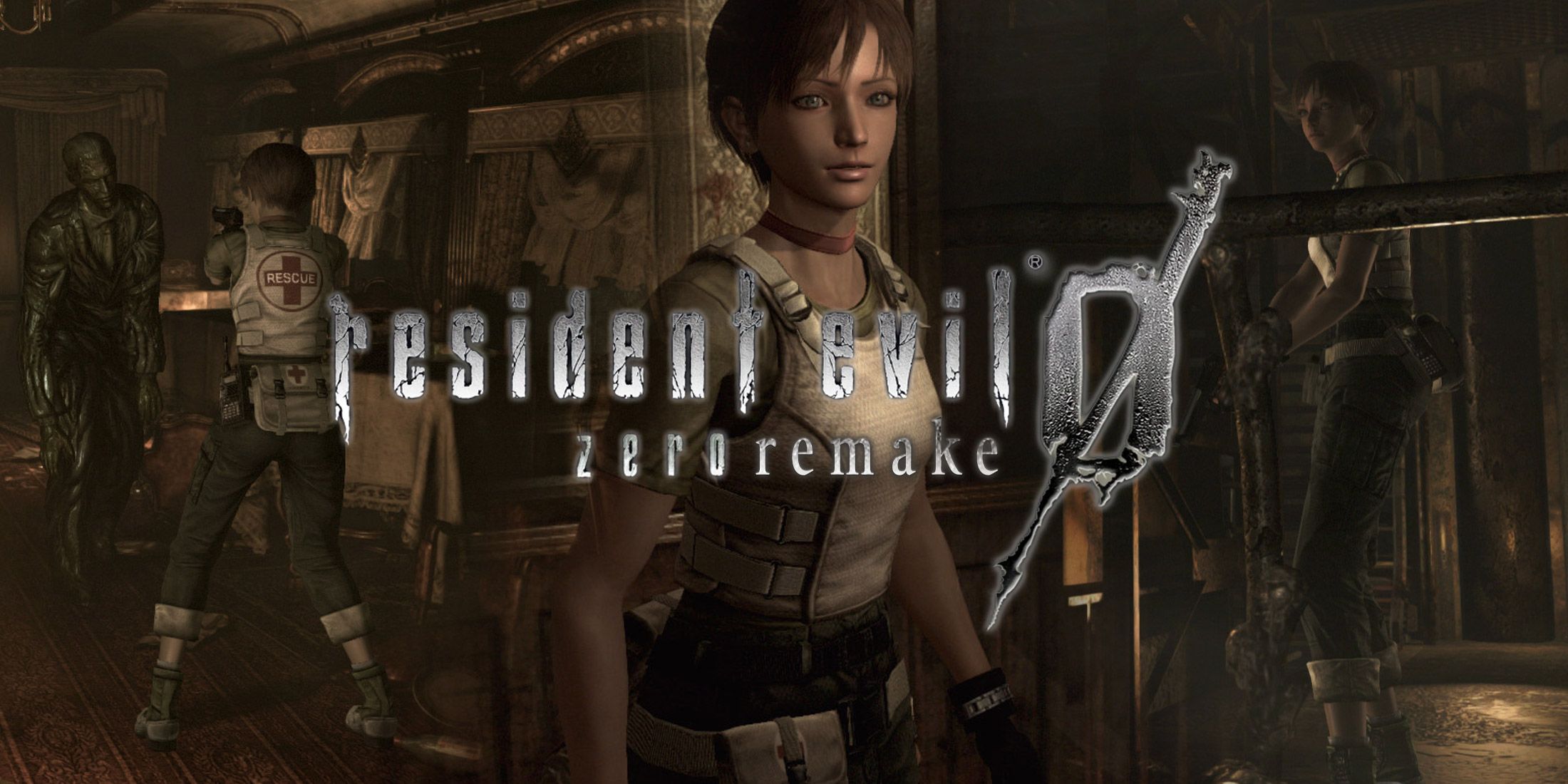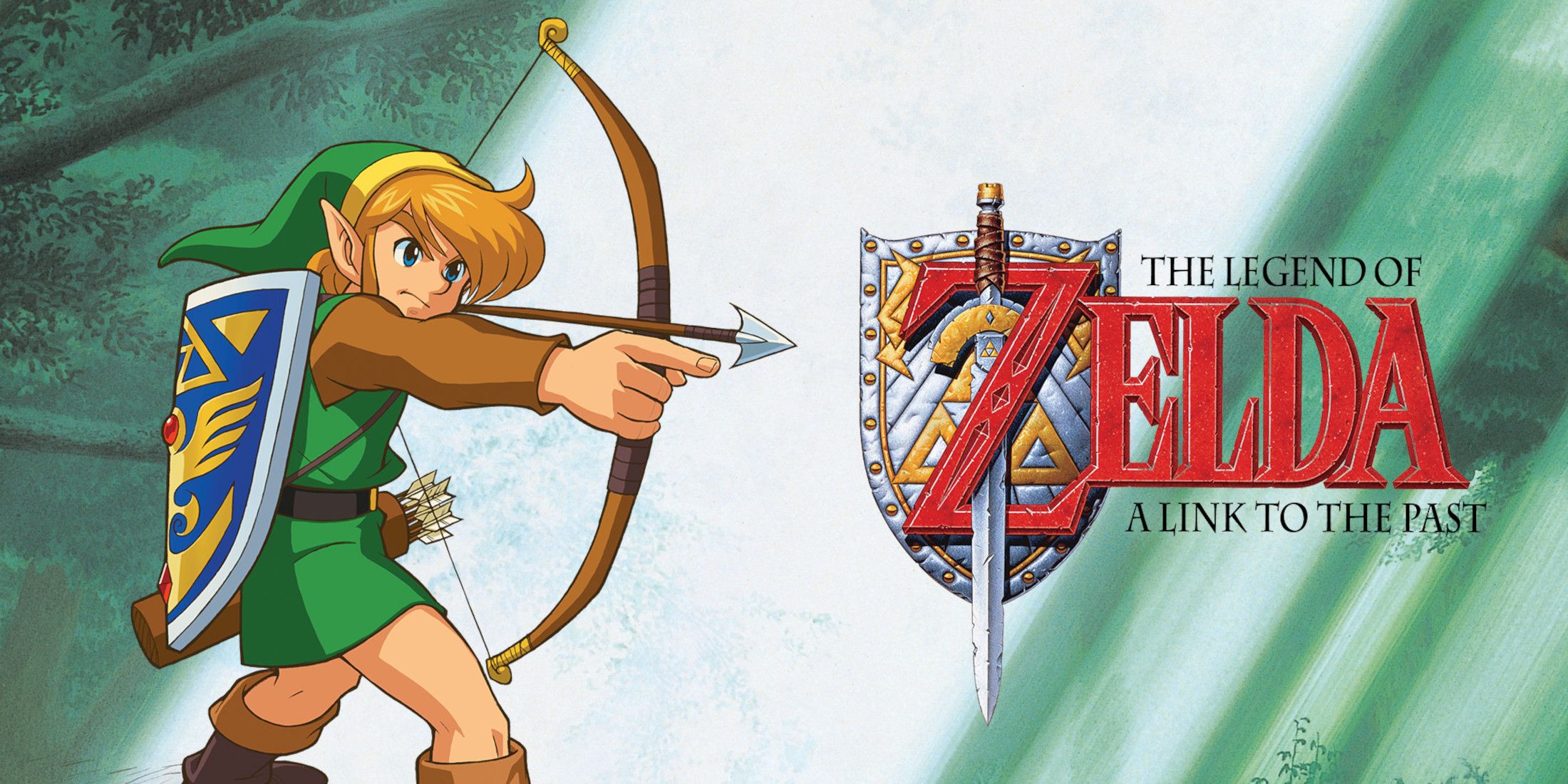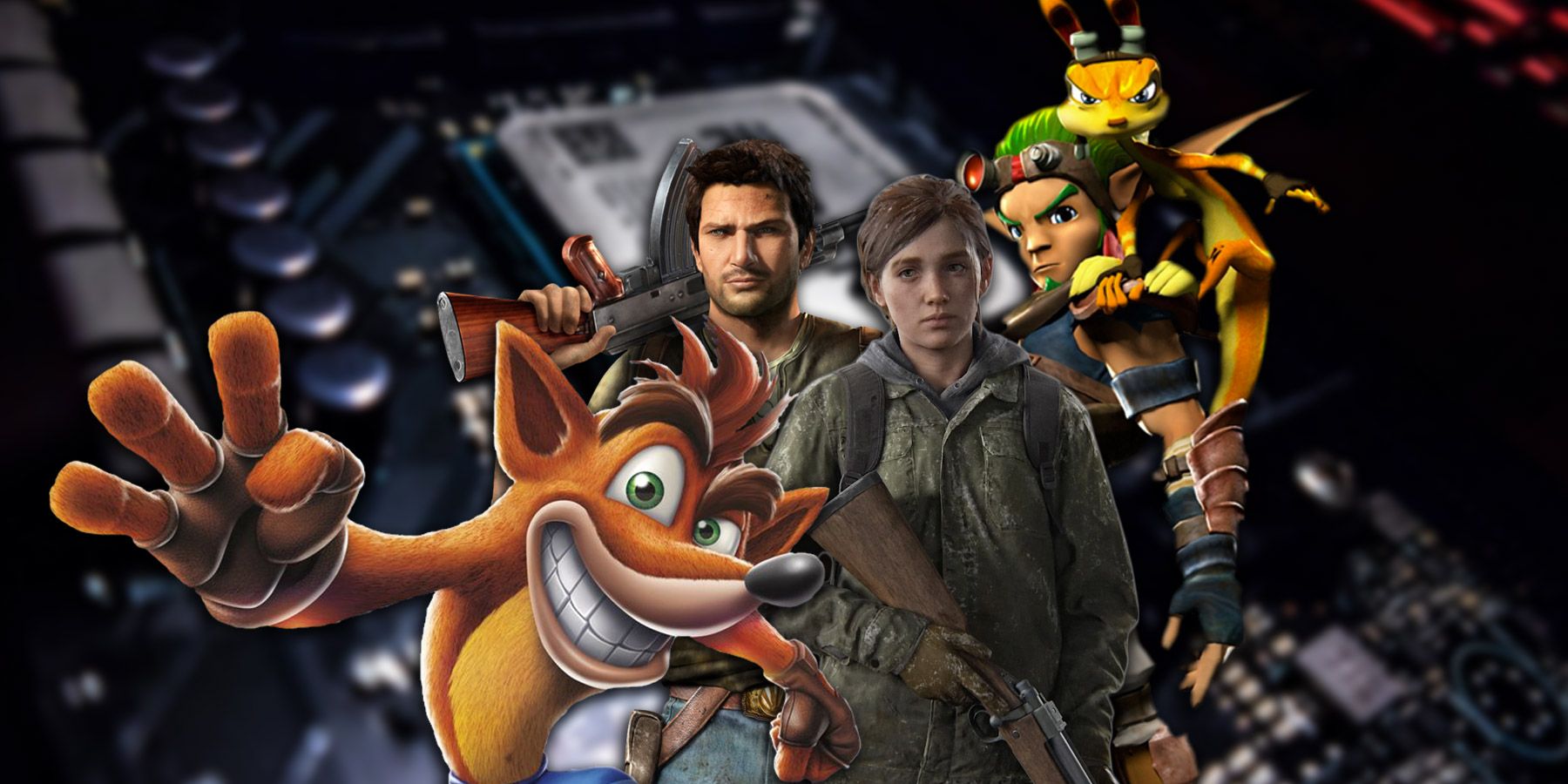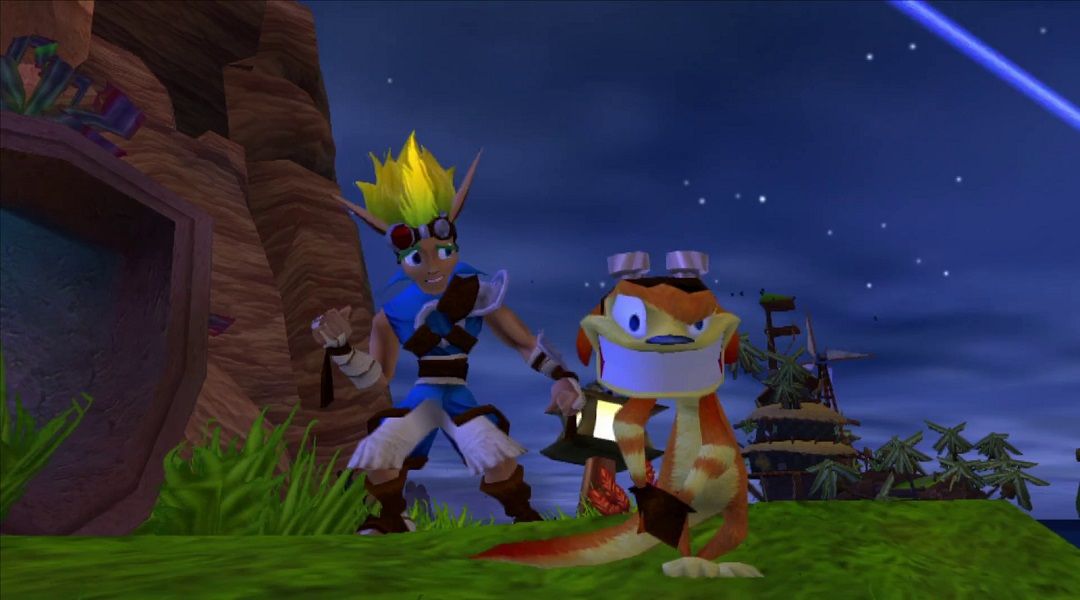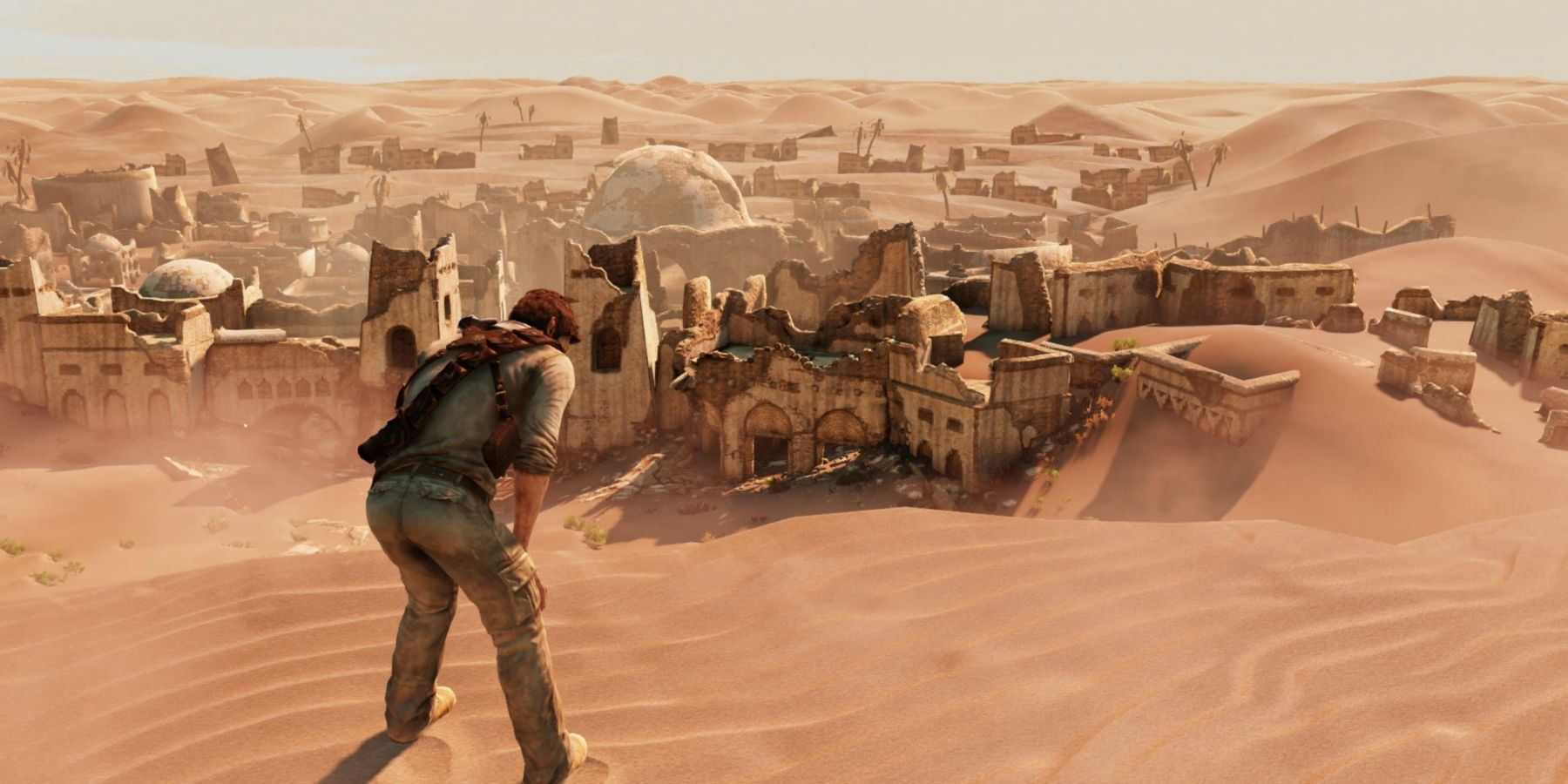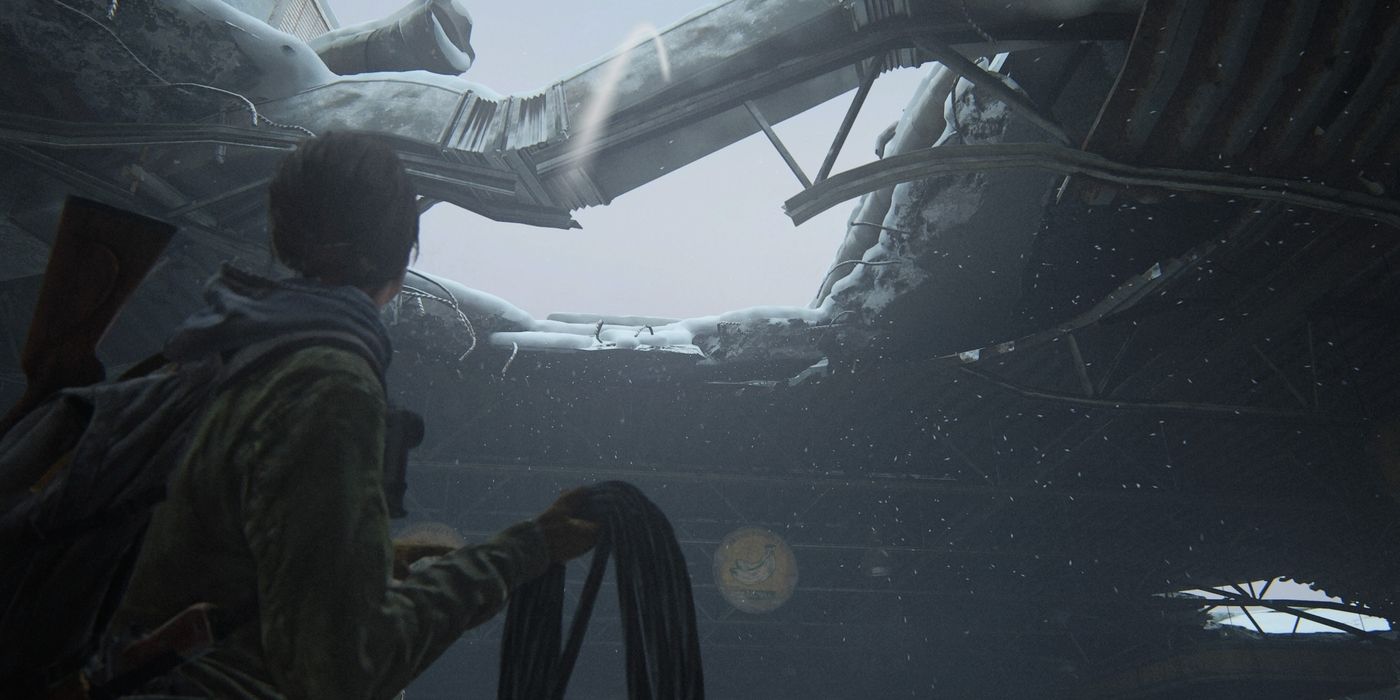Sony's first-party studios are known for producing high-quality games with cutting-edge graphics and memorable stories. Within its stable, Naughty Dog stands out for giving birth to some of gaming's biggest franchises including The Last of Us and Uncharted. The studio has built a reputation for having a perfectionist attitude and not daring to release anything unless it has been obsessively polished. Unfortunately, this means that gamers usually have to wait quite a while between releases. However, it also means that Naughty Dog has remained on the front-lines of technology in gaming.
Over the years, through its games, Naughty Dog has introduced innovations and gaming technology that have improved the gaming experience and opened new gameplay opportunities. While many gamers look to the future and impatiently anticipate the release of The Last of Us 2 Factions, it is worthwhile to look back at the ways Naughty Dog has influenced and improved the gaming industry.
Jak and Daxter Removed Loading Screens
Jak and Daxter: The Precursor Legacy was released in 2001, which was the same year that Sony acquired Naughty Dog. The acquisition was spurred on by the realization that Universal Interactive owned the rights to Crash Bandicoot, which gave Naughty Dog and Sony less control over the franchise. Hence, Jak and Daxter would be an IP that truly belonged to PlayStation. Like Crash Bandicoot, Jak and Daxter would go on to be a success, and it was thanks to some cleverly implemented tricks that the game stood out among the ocean of platformers that were around at the time.
Most notably, despite containing an open-world consisting of a series of interconnected levels, Jak and Daxter features no loading screens. This was a remarkable feat in 2001, a time when developers did not have the luxury of working with SSDs. According to Andy Gavin, who co-founded Naughty Dog, loading screens were eliminated through the implementation of a number of tricks. For example, the developers "divided the available memory in half, and chopped up the world into chunks that fit in these half sizes, making sure that under no circumstances could you ever see or be in more than two chunks at once." The borders between these chunks typically have a "twist or involve a door or a long distance."
Although released over two decades ago, some of those same tricks are still used in modern games. Developers will often hide the borders between two areas in an open world by making players crawl through a gap, open a door that takes a while to unlock, or enter an elevator that takes a moment to descend or ascend. Furthermore, as Naughty Dog co-founder Jason Rubin points out, the elimination of loading times is still a priority for developers in modern times, which is why he still focuses on this element in his current position as vice president of play at Facebook. As Rubin explains: "the faster the load time of a Facebook Instant Game, the more likely it is to succeed. To this day, those things still matter."
The Weather Effects of the Uncharted Series
The Uncharted series was headed by Amy Hennig who joined Naughty Dog in 2003. The franchise centers on Nathan Drake, a charismatic and daring treasure thief willing to travel to the ends of the earth to find the rarest relics. Gamers get to partake in Indiana Jones style scenes that involve explosions, massive architecture, and plenty of gunfire. Naturally, Uncharted has been frequently compared to Tomb Raider, though Lara Croft does not possess nearly as much cockiness and dumb luck as Nathan. The first three titles of the Uncharted series were released on the PS3, and this required developers at Naughty Dog to get used to the console's unique Cell microprocessor. However, the more the studio understood it, the more it could get out of it. Consequently, every Uncharted release was a huge leap ahead of its predecessor.
Some of the most impressive parts of Uncharted are seen with the weather effects. In Uncharted 2: Among Thieves, the studio zoned in on snow effects. The developers "spent a lot of time focused on the distinctive look that snow has as it falls and is blown by the wind, and of course on the way in which Drake leaves footprints as he trudges through the snowdrifts in the Himalayan mountains that he ventures to," according to Naughty Dog's Lemarchand. In Naughty Dog's typical perfectionist manner, the studio also focused on fine details to ensure that when Nathan is "out in the snow he'll accumulate a layer of snowflakes on his clothes and in his hair, which will slowly thaw when he gets back inside, under cover." Although such features are ubiquitous in modern gaming, they were quite revolutionary in 2009.
In Uncharted 3: Drake's Deception, Naughty Dog aimed its sights at sand which can be tricky to accurately depict due to the number of particles that have to be rendered. However, Naughty Dog was not daunted, and it worked on crafting the most realistic sand possible. To ensure the maximum amount of realism, some team members even raveled out to the Imperial Dunes near Yuma. By implementing what developers had learnt from prior games while making use of a few new tricks, the developers were able to create sand that shifted dynamically, reacted to players, and behaved in a believable manner.
The Realistic Ropes of The Last of Us 2
The Last of Us 2 is perhaps Naughty Dog's most controversial project. It presented a shocking story that subverted expectations and made gamers rethink how they feel about some characters in the franchise. Despite its divisiveness, it managed to scoop up hundreds of awards, including The Game Award's Game of the Year award in 2020. Whether gamers clicked with the story or not, it is hard to deny that The Last of Us 2 is a technical marvel that pushes realism to its limits.
The game makes use of rope in a few of its puzzles, and it is impossible to ignore just how realistically ropes in the game move. According to Naughty Dog programmer Jaroslav Sinecky, the studio had spent years working on the tech that allowed them to design the rope puzzles, and "it started during the pre-production of Uncharted 4 in 2011." It was a lot of effort, but it was arguably worth it because it allowed players to "be able to decide how they could solve a puzzle based on real-world expectations." Because The Last of Us 2 is not a puzzle-oriented game, the developers "really just only scratched the surface" of what the rope technology is capable of, but there are a myriad of ways it could be used in future games.
Naughty Dog likes to remain secretive, but the studio has let gamers know that they can expect The Last of Us 2's multiplayer portion at some point. Expectations are high for the game, and gamers are excited to see the ways the studio will innovate multiplayer gaming and craft yet another industry-shifting experience.


